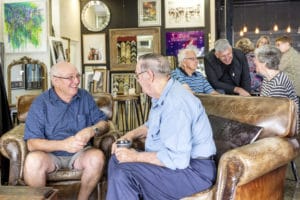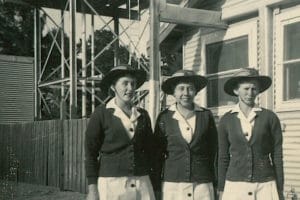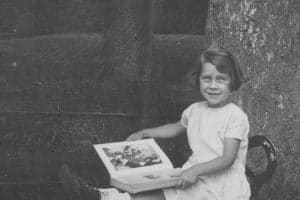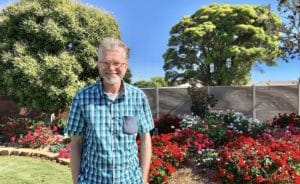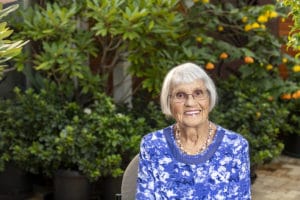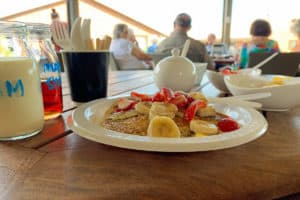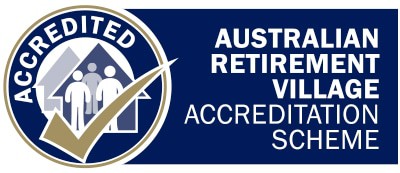Every single one of our residents have incredible life stories to share. We were privileged to talk to John, a man with a keen sense of humour. We enjoyed listening to Johns stories and hearing about his life moving from Bowral NSW to Wewak in PNG and back again. Then ultimately his move to Yukana.
The younger years
John was born in Bowral New South Wales in 1928. He had a half-brother and half-sister who were 15 to 17 years older and a younger sister. Mum stayed at home while dad worked as the General Manager of the Dairy Co-op in Bowral. John’s claim to fame is that Sir Donald Bradman lived just down the road from their place. He didn’t really know Don as he was a few years older, but he did play tennis at the local tennis club with Don’s cousins.
Although WWII started and ended before John turned 18 years of age, he still managed to join the air training corp. At the tender age of 16, and still at school, he was old enough. War ended about a year later and fortunately for John, the war didn’t cause too much of a personal impact on him.
Further studies
After Johns schooling years, he moved to Melbourne to complete a Diploma in Biblical Studies at Melbourne Bible Institute. John was brought up in a Christian home and had the long term vision to go to the mission fields – particularly to China.
It was while completing his Diploma that he met his future wife Ruth who was also completing her bible studies with the desire to go to China as a missionary. John recalls that in those days, the men had to sit on one side of the classroom and women on the other. Both sexes were separated by the aisle up the middle.
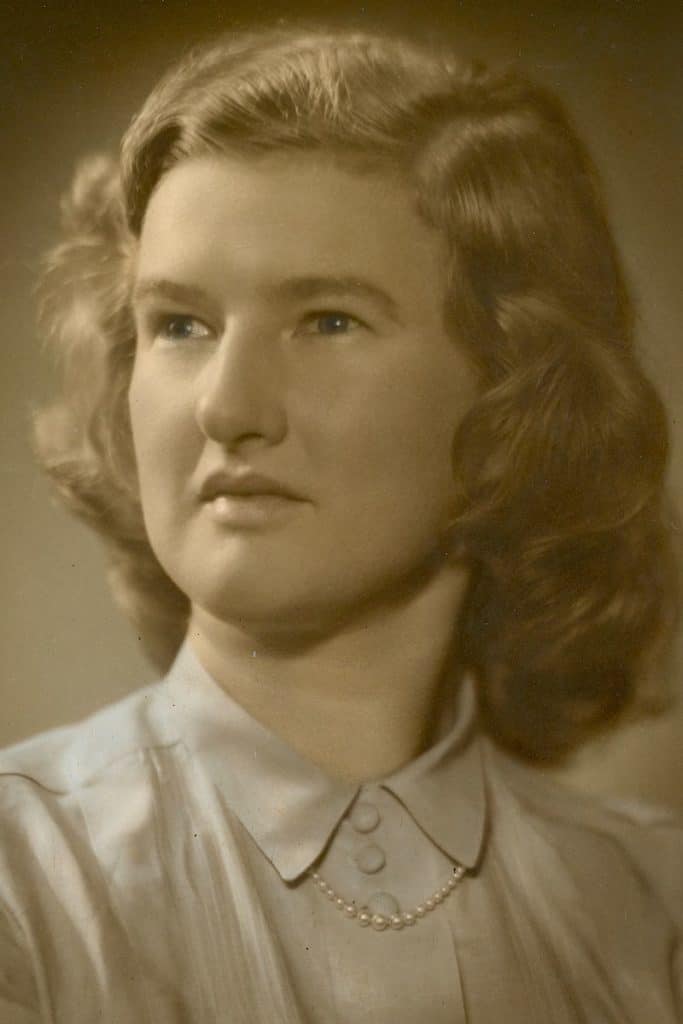
Marriage and moving to PNG
In 1950, John and Ruth married in Brisbane. They then had two children, Paul and Libbi. They moved several times, John had a few different jobs, and plans fell through to travel to China and central Asia as missionaries. Eventually John received an offer for work in Papua New Guinea (PNG) with the Australian Administration Department of Agriculture in 1956.
John travelled alone to PNG landing in Port Moresby and then flew over the ridge to Lae. In those days, the plane would leave Brisbane at night and arrive in Port Moresby first thing in the day. John recalls “As you stepped out of the airport the heat and humidity would just ‘hit’ you” so it was a shock to the system. John arrived at a guest house in Lae and was rooming with another man who said “You have to have a siesta in the tropics” because of the heat and humidity in the afternoon. Almost every day since then, John has had a cat nap for 20 minutes and says it “makes a world of difference”.
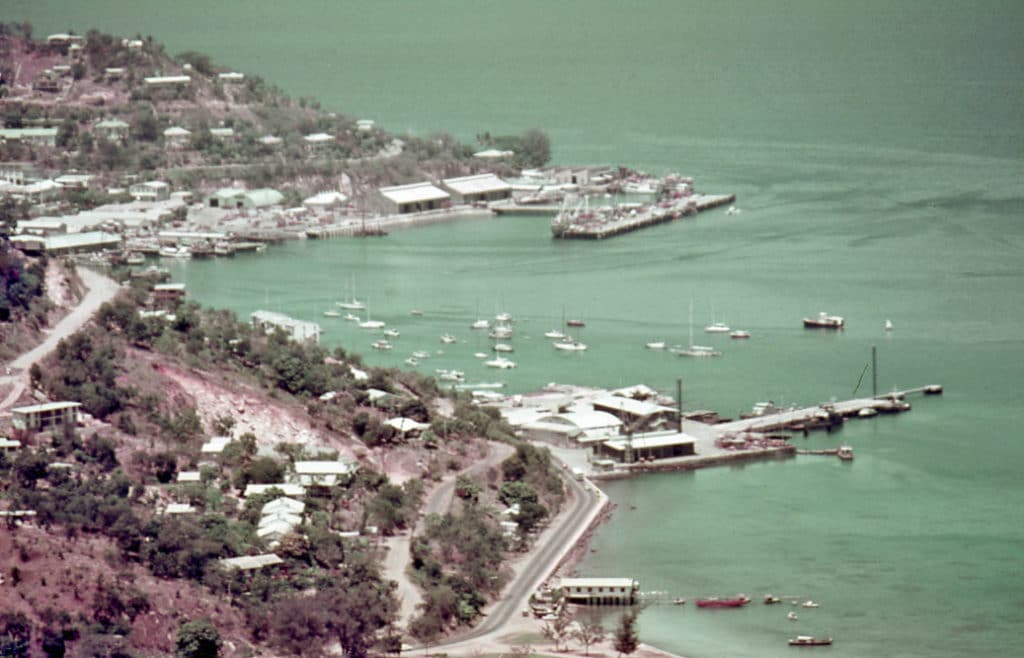
John was stationed at Wewak and was working for 6 weeks prior to Ruth and the children joining him. During that 6 weeks, John grew his signature mustache which he has kept ever since.
Living in PNG
The Australian Administration thought they would introduce cash crops to the native Papa New Guineans. This was a way to help them get a start as traditionally they are an agrarian community just growing what they needed. They were setting up co-op societies in different areas and eventually asked John to take on being the financial advisor to three areas. John and his family were stationed in Maprik which was about 100 miles (160km) inland. Being so far inland, they would use the radio telephone to put in their weekly order for milk and supplies as there were no local stores.
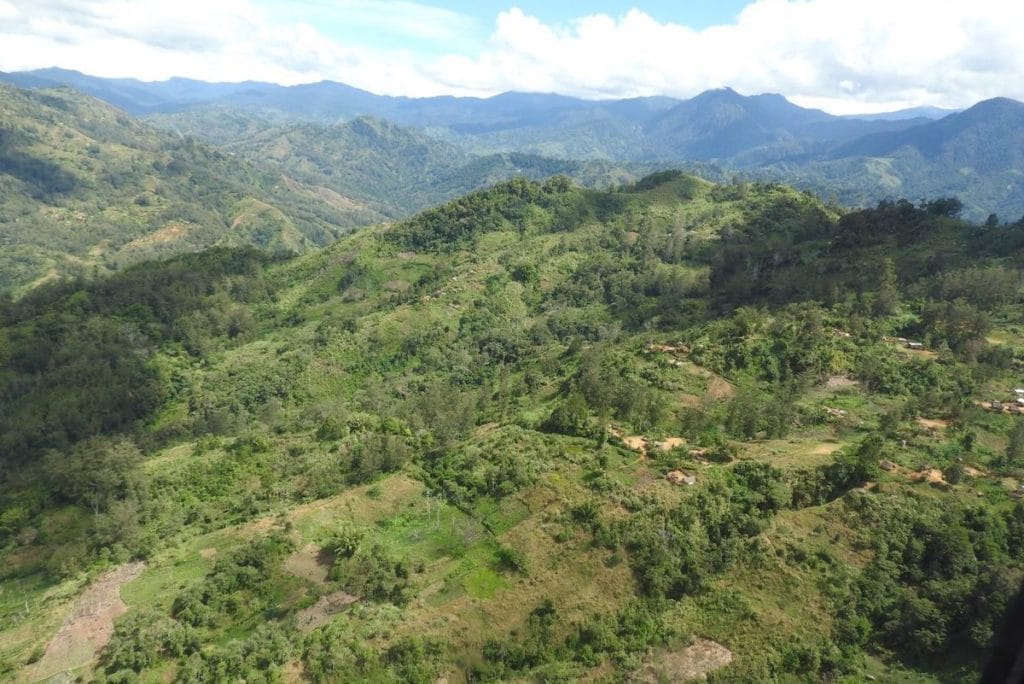
Ruth home schooled their two children while they were younger. They were soon approaching the stage of second school (high school). The options were to either send the children to boarding school or for John to resign from his position. John and Ruth then saw it as a blessing when John was transferred to Goroka as there was good schooling there.
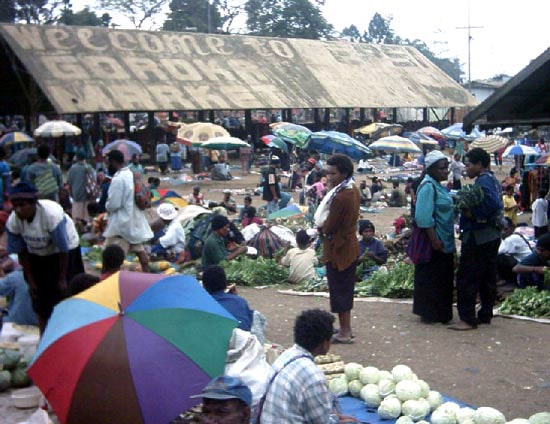
Earth tremors were a regular weekly occurrence. Sometimes just enough of a tremor to make the crockery chatter, at other times enough to get the family out of bed at night to move to a safer place.
John also recalls that, particularly during the wet season from November to February, water levels in the creeks and rivers would rise considerably in just 20 minutes. This was caused by rain further up-stream. When they did need to cross a creek or river by vehicle they would need to do a couple of things. They would always have someone walk across to check for any potholes. They would then remove the fan belt on the vehicle and wrap the motor in a large tarpaulin. By doing this ensured water would not splash up on the sparkplugs making them and the vehicle stranded in the river.
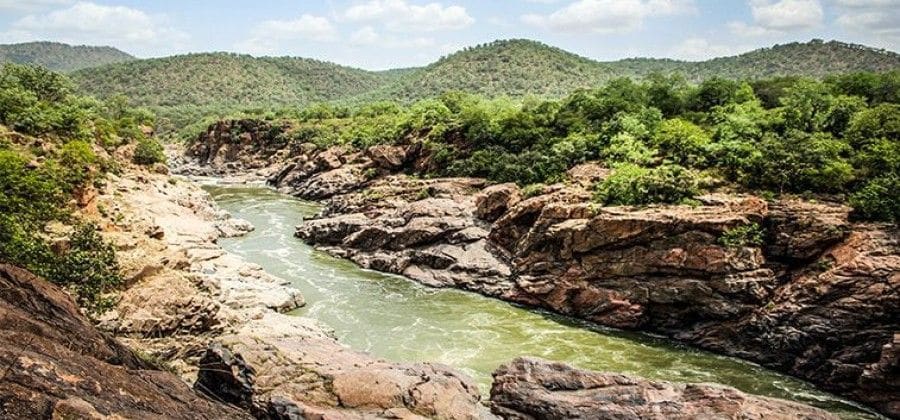
John and his family lived in PNG for 25 years. While living in PNG, John had to learn Melanesian Pidgin (Tok Pisin) fairly quickly because he was involved in field work. John acquired a good pidgin accent while living in PNG. He still uses it today. Whenever he sees a New Guinean at the store, he will go up to them and speak in their native tongue which they love.
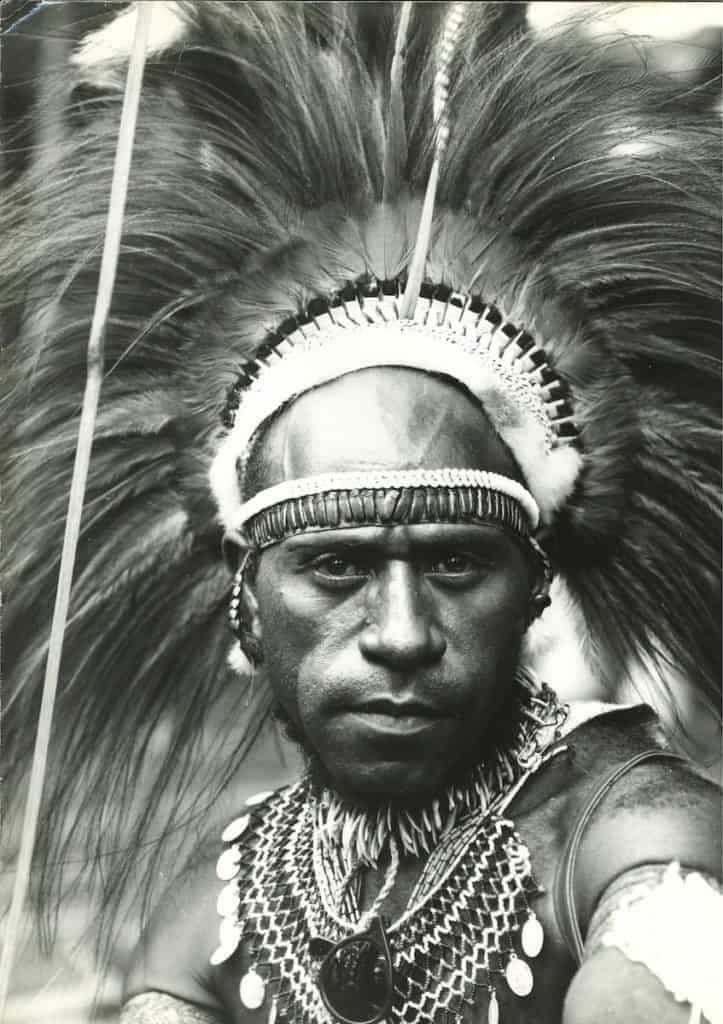
Back to Australia
When the Australian Administration in PNG came to an end, John and his family moved back to Australia. They decided they might put in a piggery. They bought a run down poultry farm in East Greenmount with the idea of running layers and porkers together on the farm. The idea was to run the poultry for a year to get established and then go ahead and put in the piggery. Unfortunately there was a financial downturn and the cost of putting in the piggery was too great. As John put it, “they had their bacon and eggs without their bacon”.
After three years, John received a call to go back to PNG to manage a coffee plantation. So he and Ruth packed their bags and went back to PNG for a time.
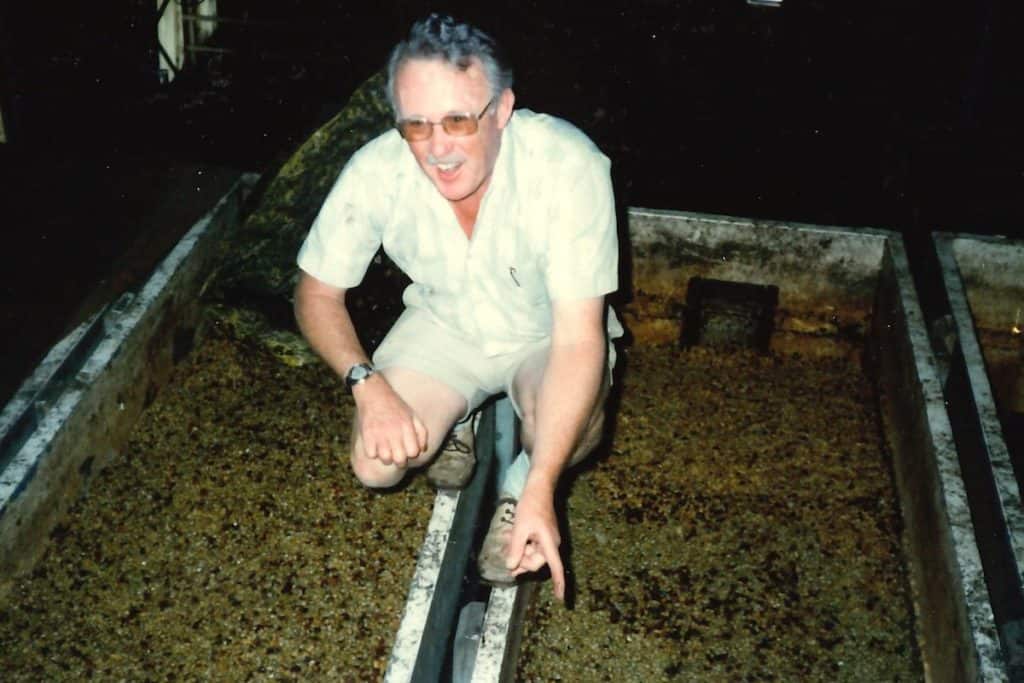
They eventually returned back to Australia to the poultry farm and built it up to 3000 layers from 30.
The change
It was around about this time that John started to have problems with his back. This was the catalyst to split the farm and sell. Part of the property is still owned by family today.
John and Ruth moved to a place just north of Toowoomba. They both had a keen desire to keep learning, so in addition to continuing to read plenty of books, they started studying architecture at TAFE.
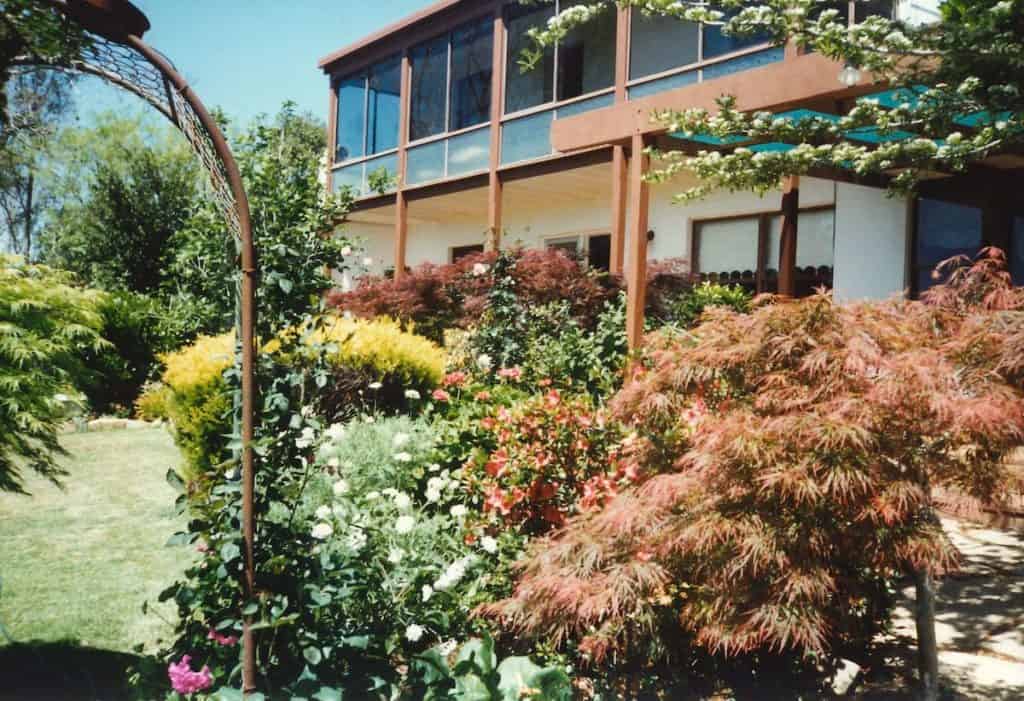
Upon completing their course, they temporarily moved to Melbourne. For four years John fulfilled the position of Business Manager at the Summer Institute of Linguistics (now known as SIL International) before moving back to Toowoomba.
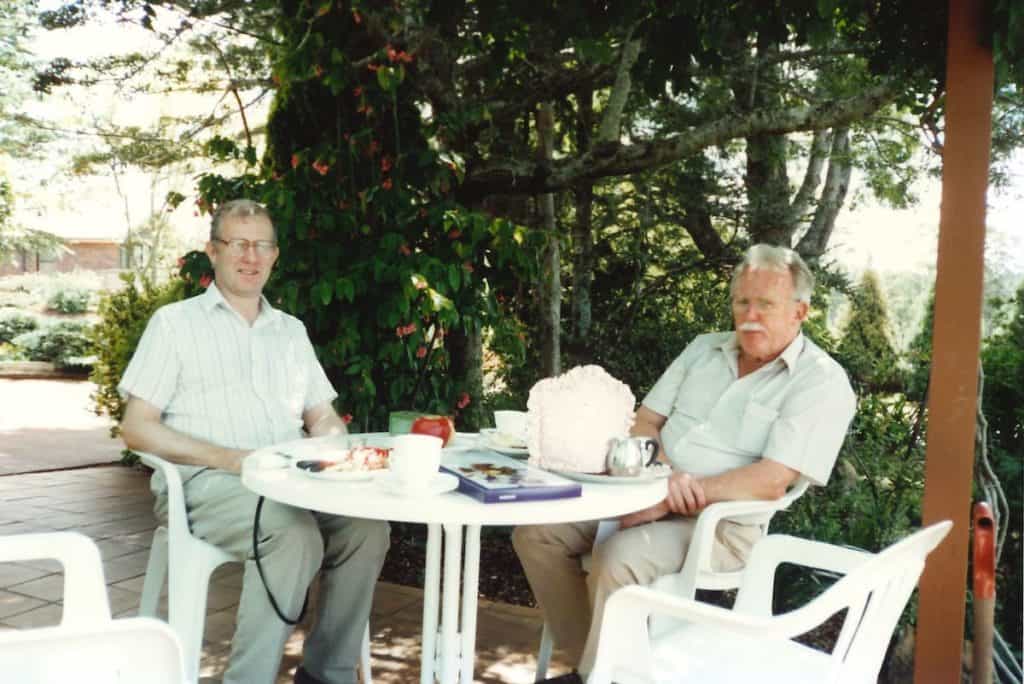
Eventually they got to the point where they felt their home was too big for them. So the decision was made that they would downsize.
Getting to Yukana
They had a few friends who lived at Yukana so thought they may as well have a look. Bruce Kirkegaard, who is the current Support Manager at Yukana, had just started working for Yukana and he showed them around. John recalls that the thing they noticed about Bruce was it wasn’t just a job for him – there was a passion and purpose to care for people. Both John and Ruth enjoyed the atmosphere, the caring staff and the values the company had being a faith-based organisation.
Life since the change
Six years after moving to Yukana, Ruth sadly passed away soon after being diagnosed with dementia. John still lives in the same unit he and Ruth moved to. He maintains his sense of humour, continually reads books, still has his moustache and keeps busy whether it be with family, friends or around the village and his unit.
We really value John as part of our community here at Yukana.

